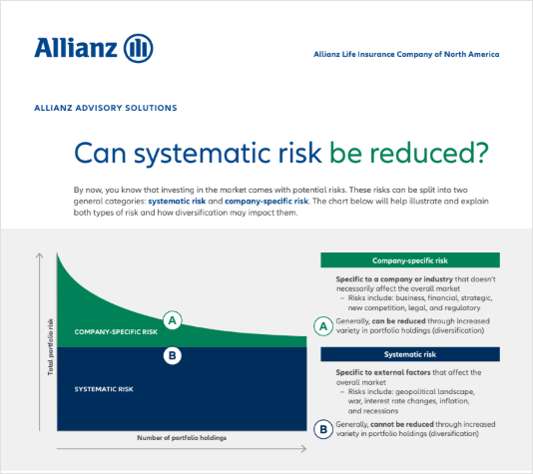The recession virtually snuffed out merger and acquisition (M&A) activity in the life insurance industry as carriers scrambled to stem severe capital shortages.
Now that the capital markets have opened up again and reserves have grown, experts see a likelihood that life insurers will start looking to expand into existing markets and enter new niches, experts say. The fastest way to do that is to buy another company.
Already this year, there has been some movement in that direction. In March, MetLife Inc., New York, moved to expand its presence in the Asian market by picking up American Life Insurance Company (Alico) from American International Group (AIG), New York. 
In August, British insurer Old Mutual Group P.L.C. agreed to sell its U.S. life insurance operations to Harbinger Capital Partners L.L.C., New York, a private equity group, for $350 million.
And at the end of September, Prudential Financial Inc., Newark, N.J., announced it had agreed to buy two Japanese units of AIG–AIG Star Life Insurance and AIG Edison Life Insurance–for $4.8 billion.
"What is clear is that things are a bit looser now," says Laura Bazer, vice president and senior credit officer for the life insurance group of Moody's Investors Service, New York. "One would expect that companies that have underperforming businesses would like to shed them, and others that are looking to add scale and that have become more comfortable with their capital and liquidity might be buyers."
Much will depend on whether the economy continues to pick up, she says.
Capital levels of carriers have improved since the capital markets began opening up after the second quarter of 2009, she notes. Still, she adds, "companies are being cautious. They are not completely out of the woods."
John Nigh, an M&A consultant based in St. Petersberg, Fla., believes there is considerable pent-up demand for acquisitions among larger companies.
"To many companies, organic growth alone won't generate enough bottom-line growth," he says. "Add to that their increasing capital requirements, and that will lead to more acquisitions."
Strong capitalization is what helped these companies to survive the recession, and it is also the reason they will be active in acquisition, Nigh says.
"They're the ones that do have access to capital markets, and they are the ones that can execute transactions," he says.



